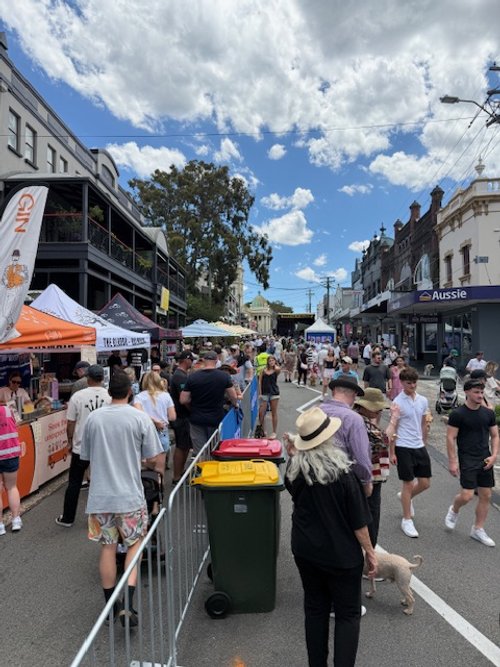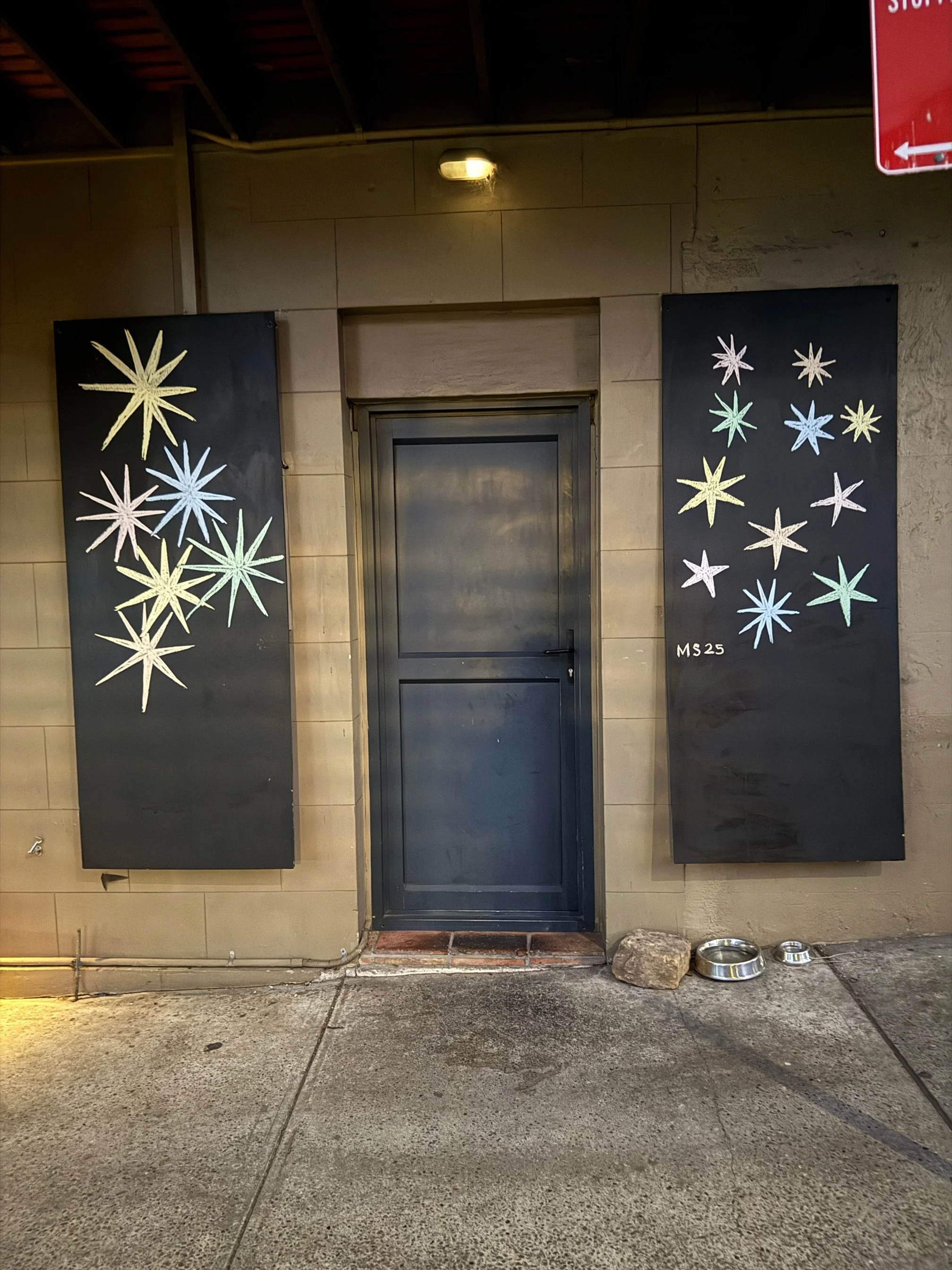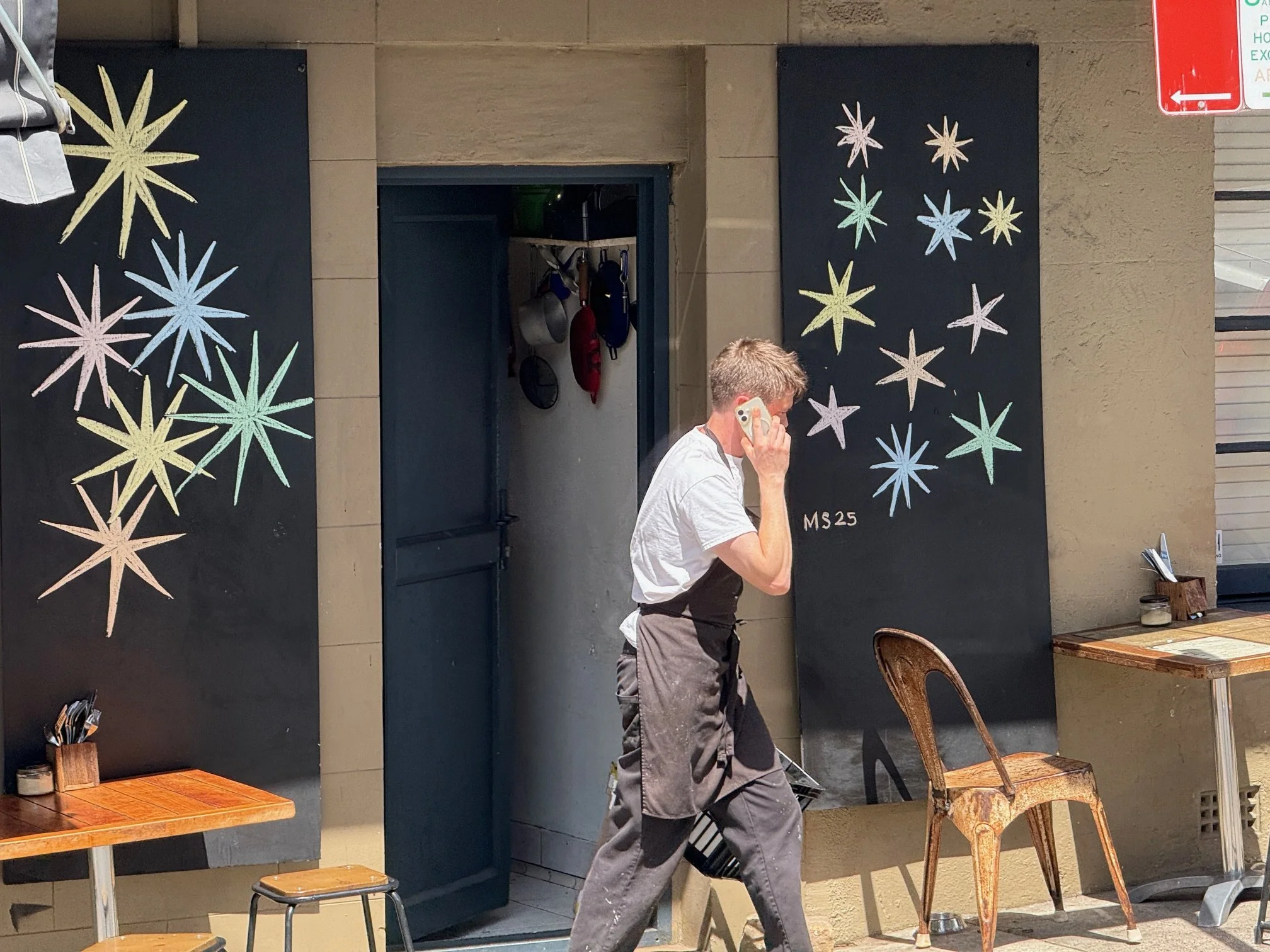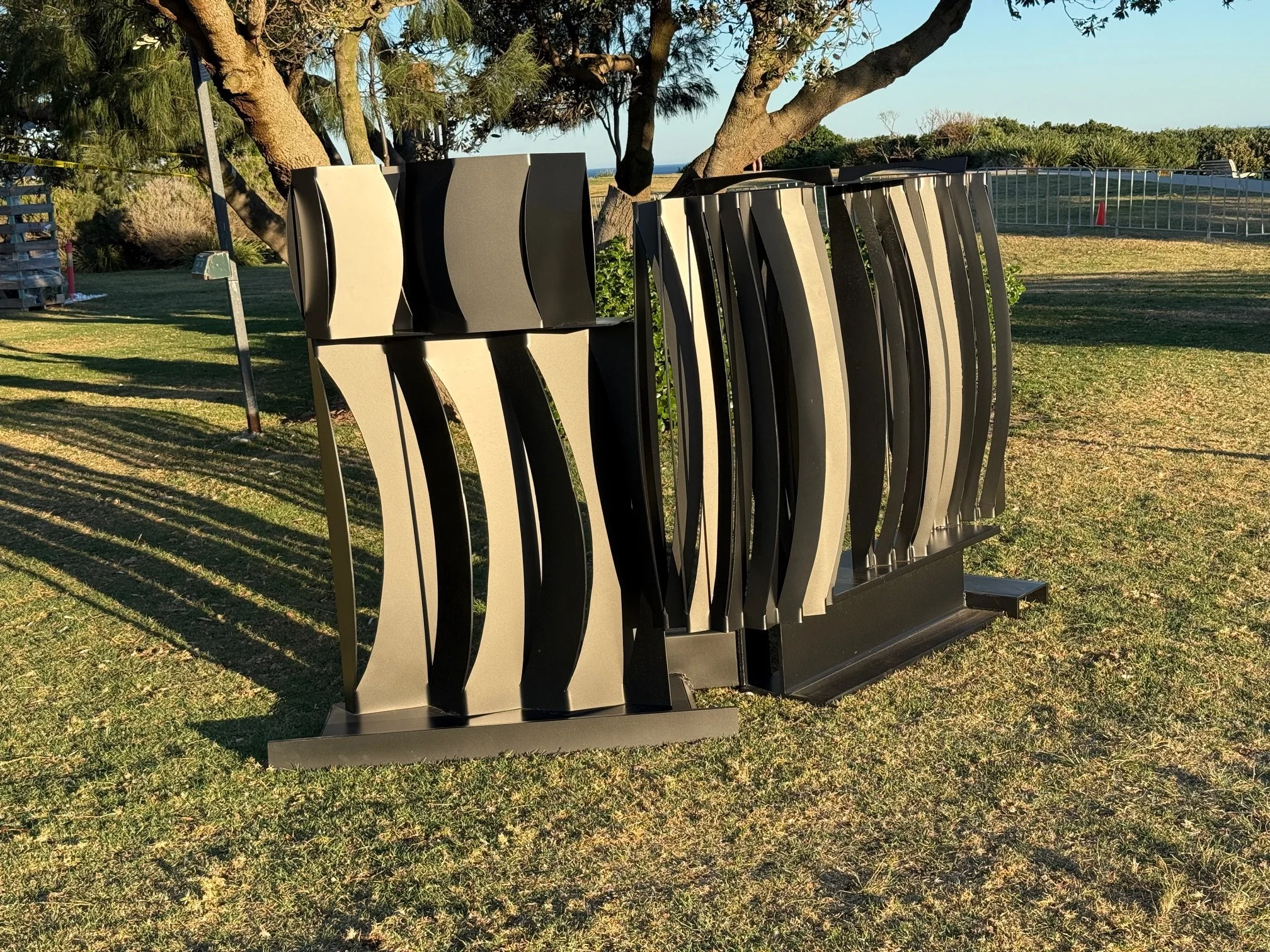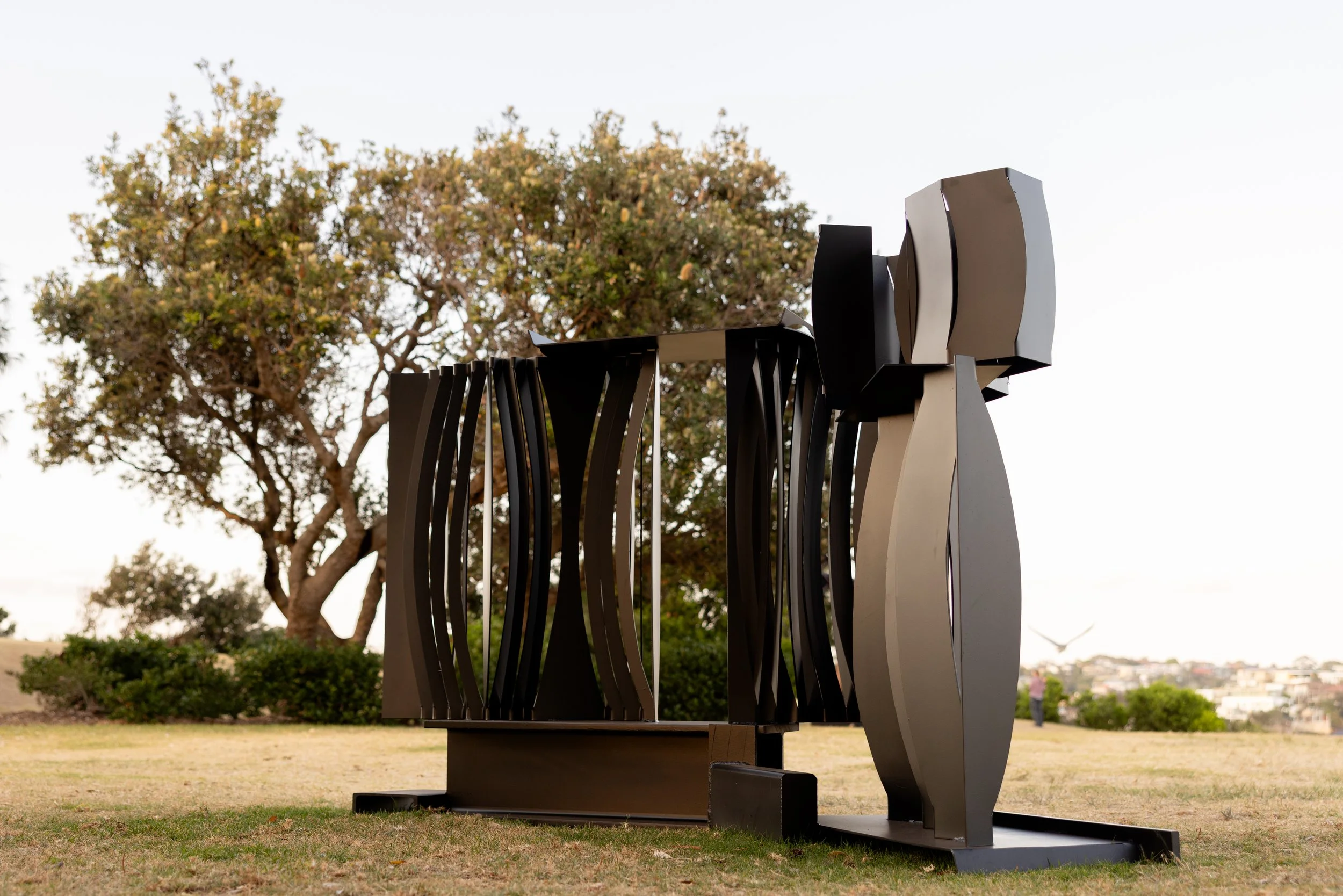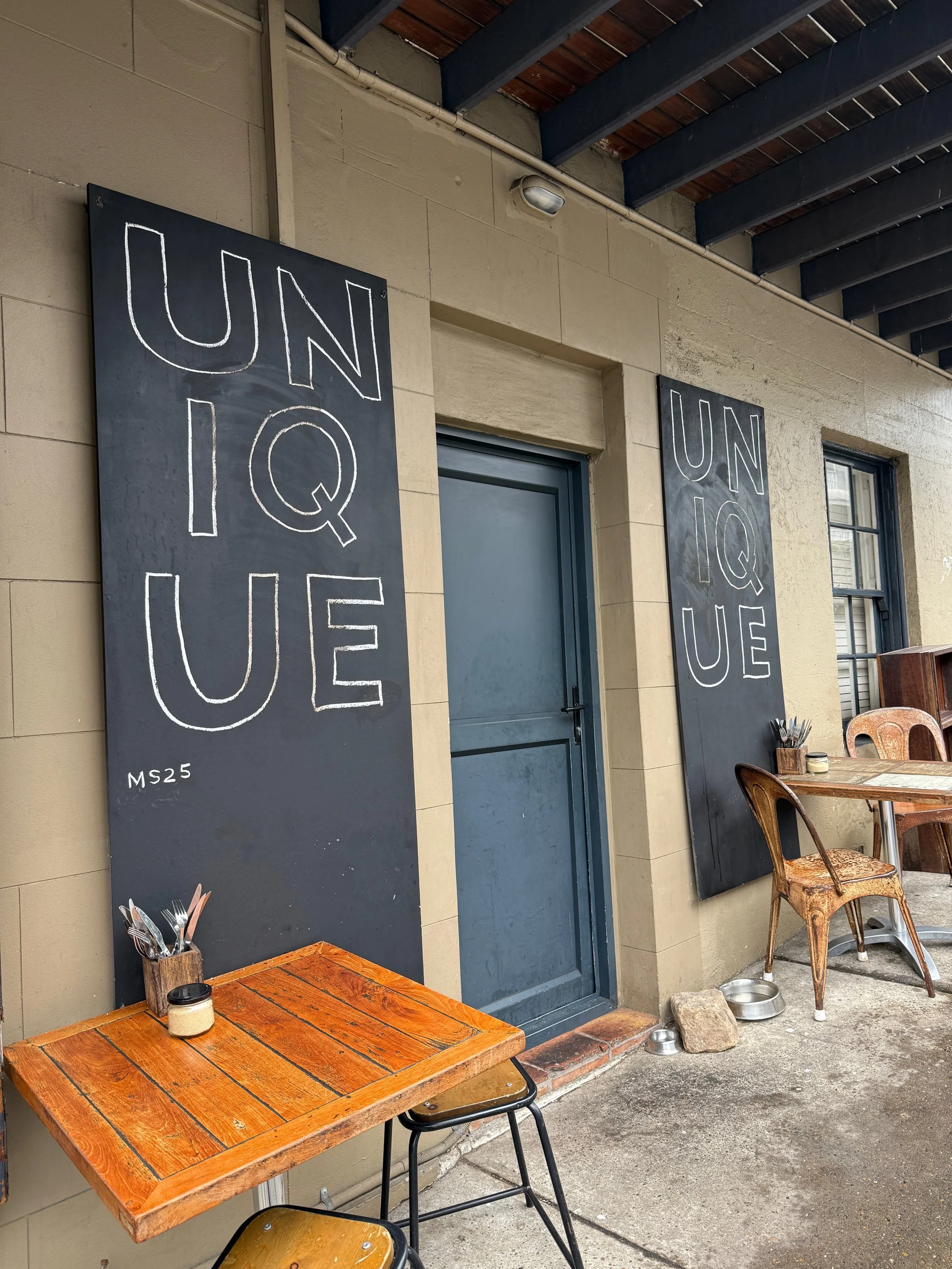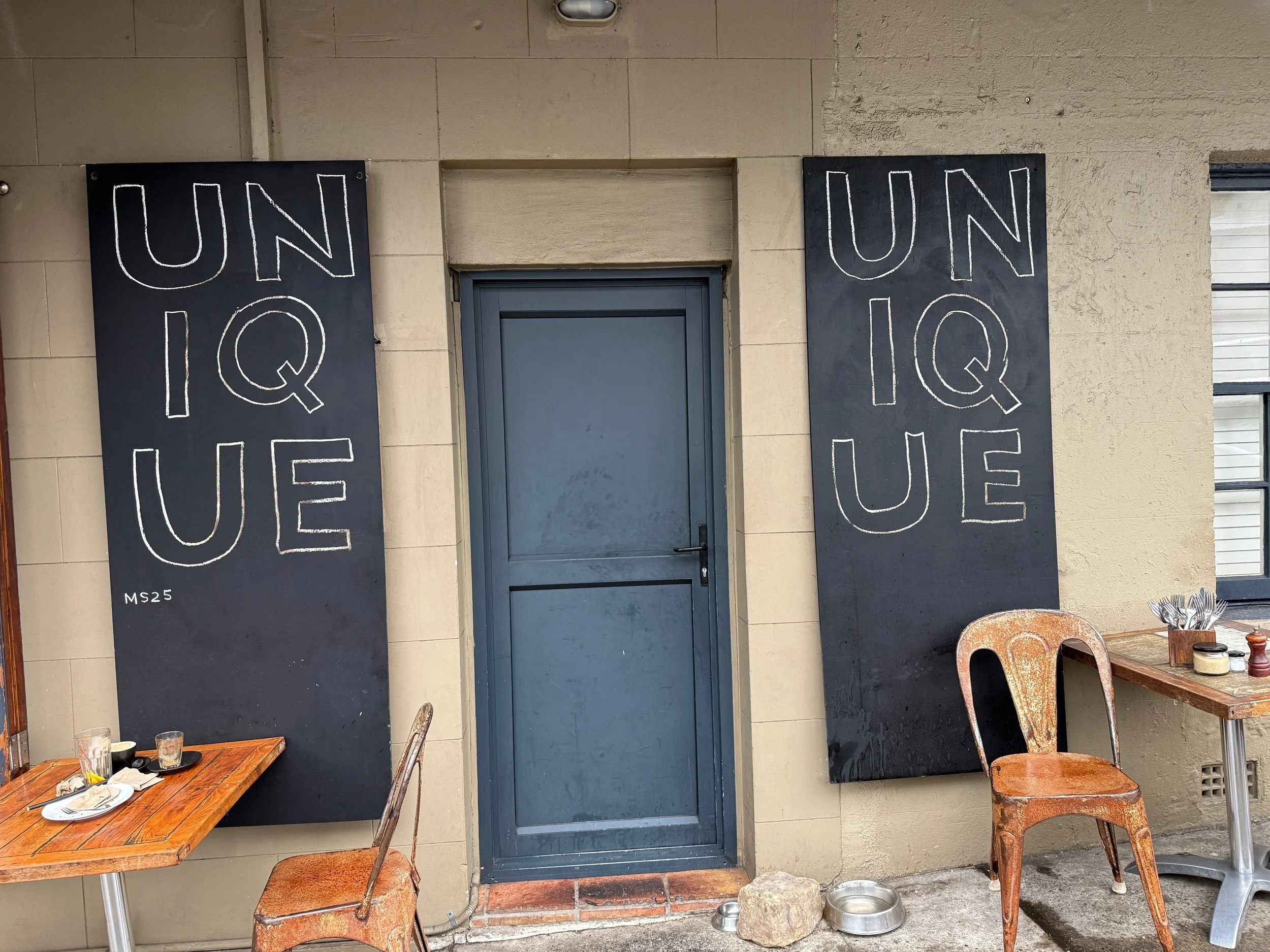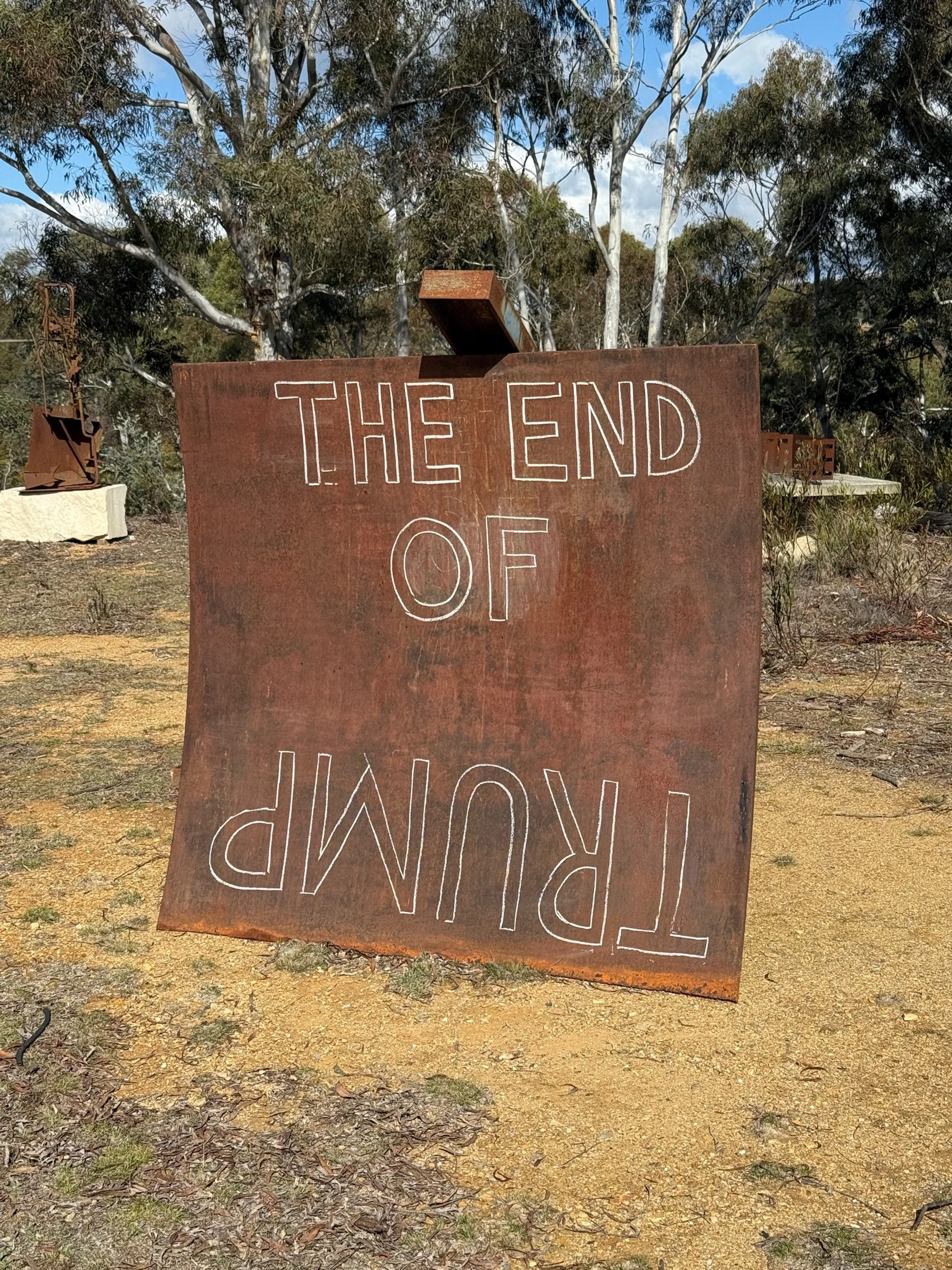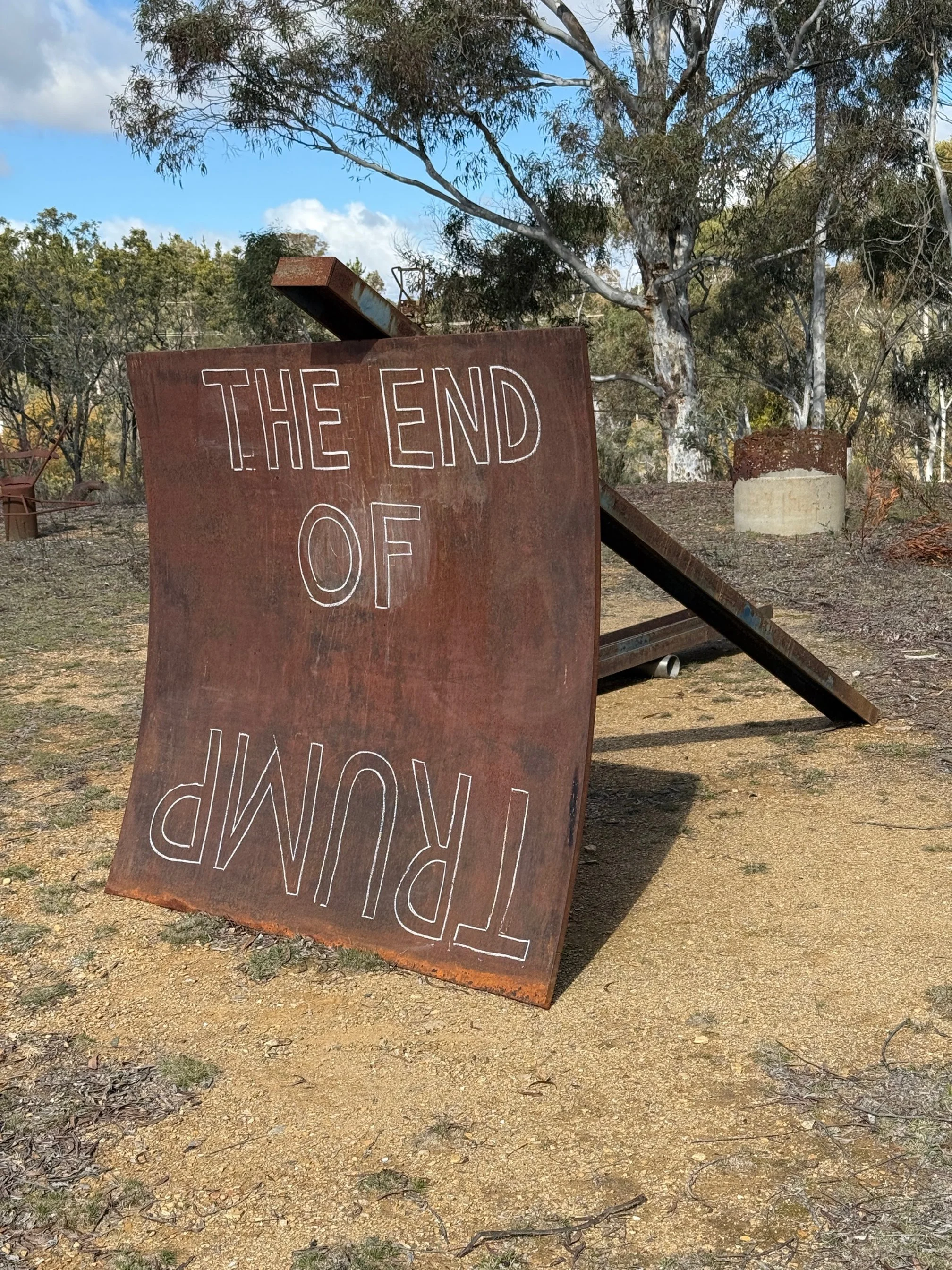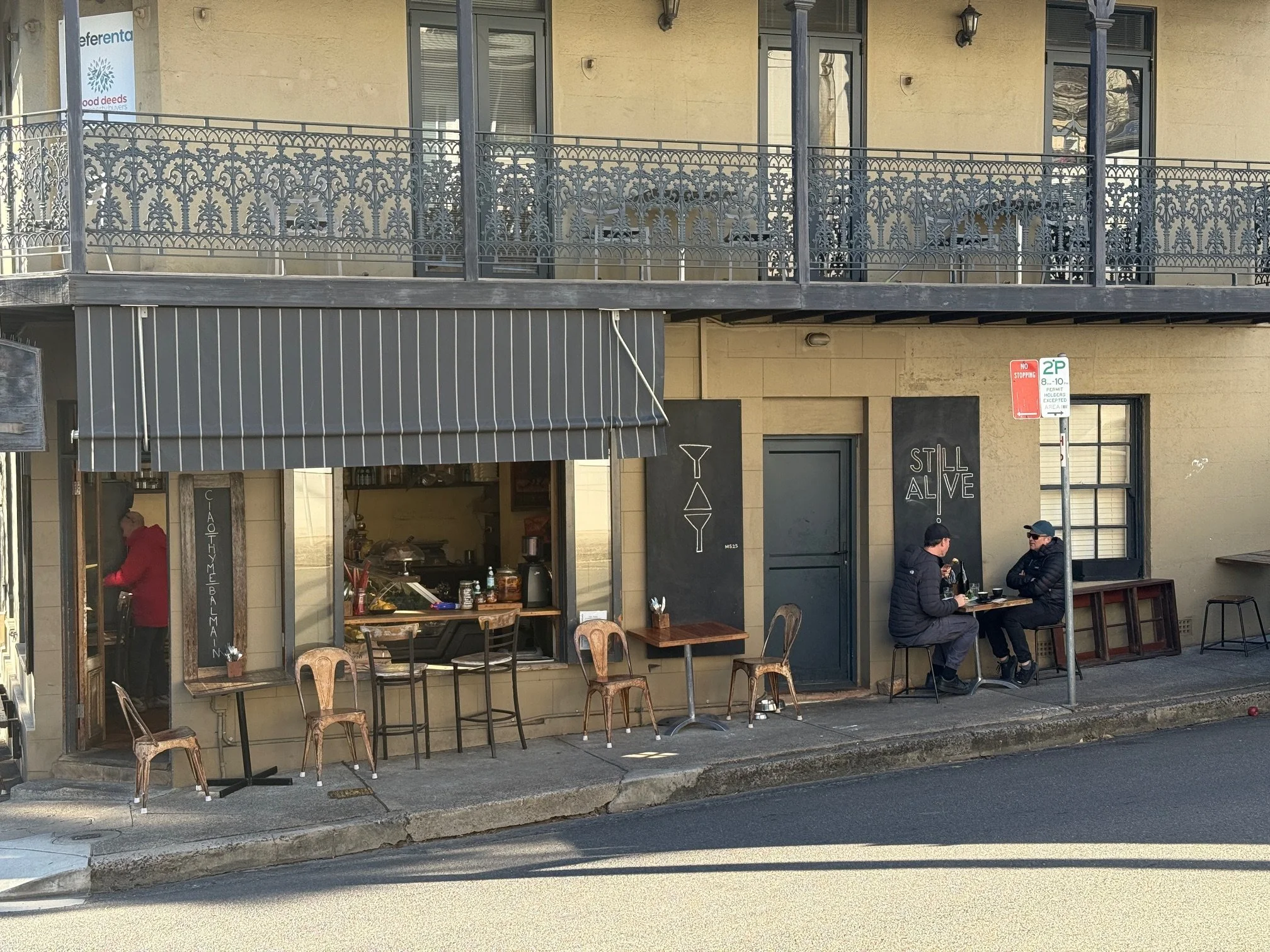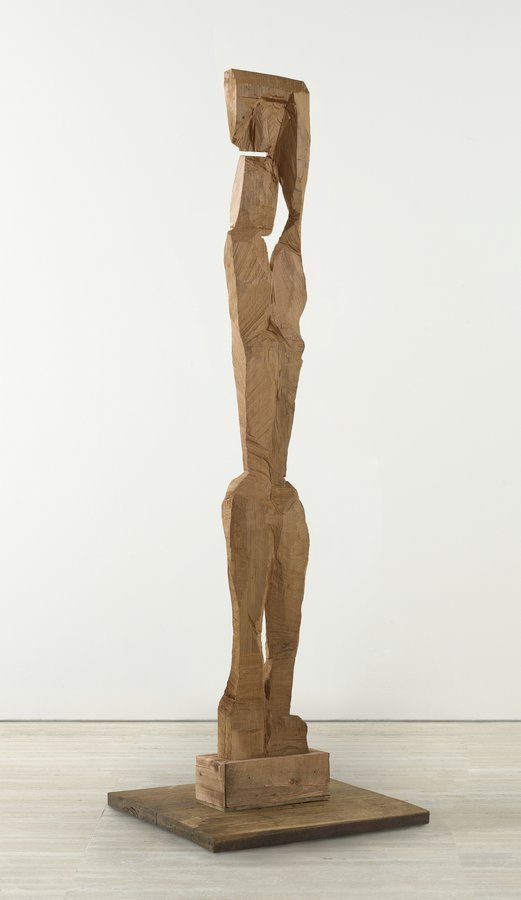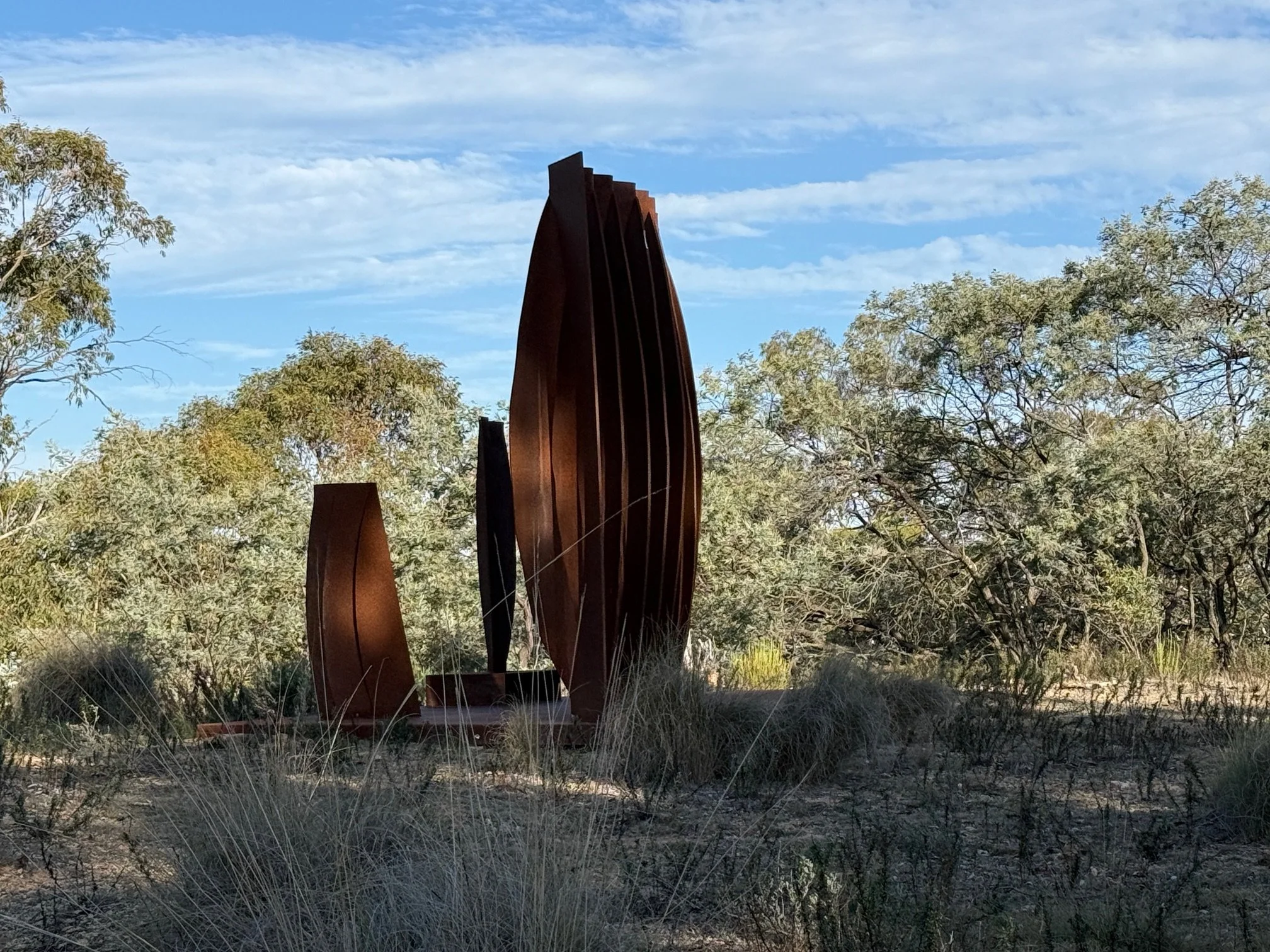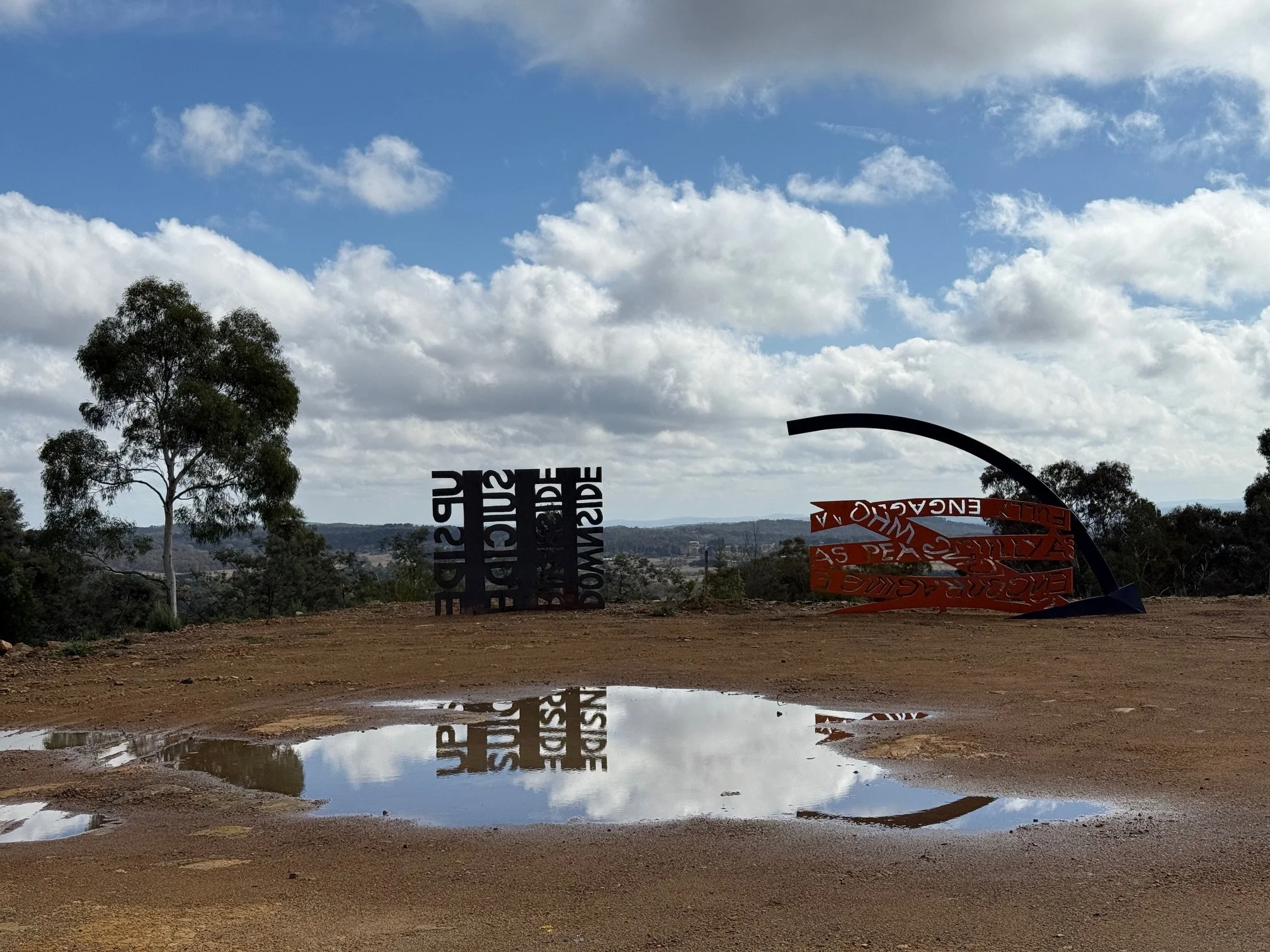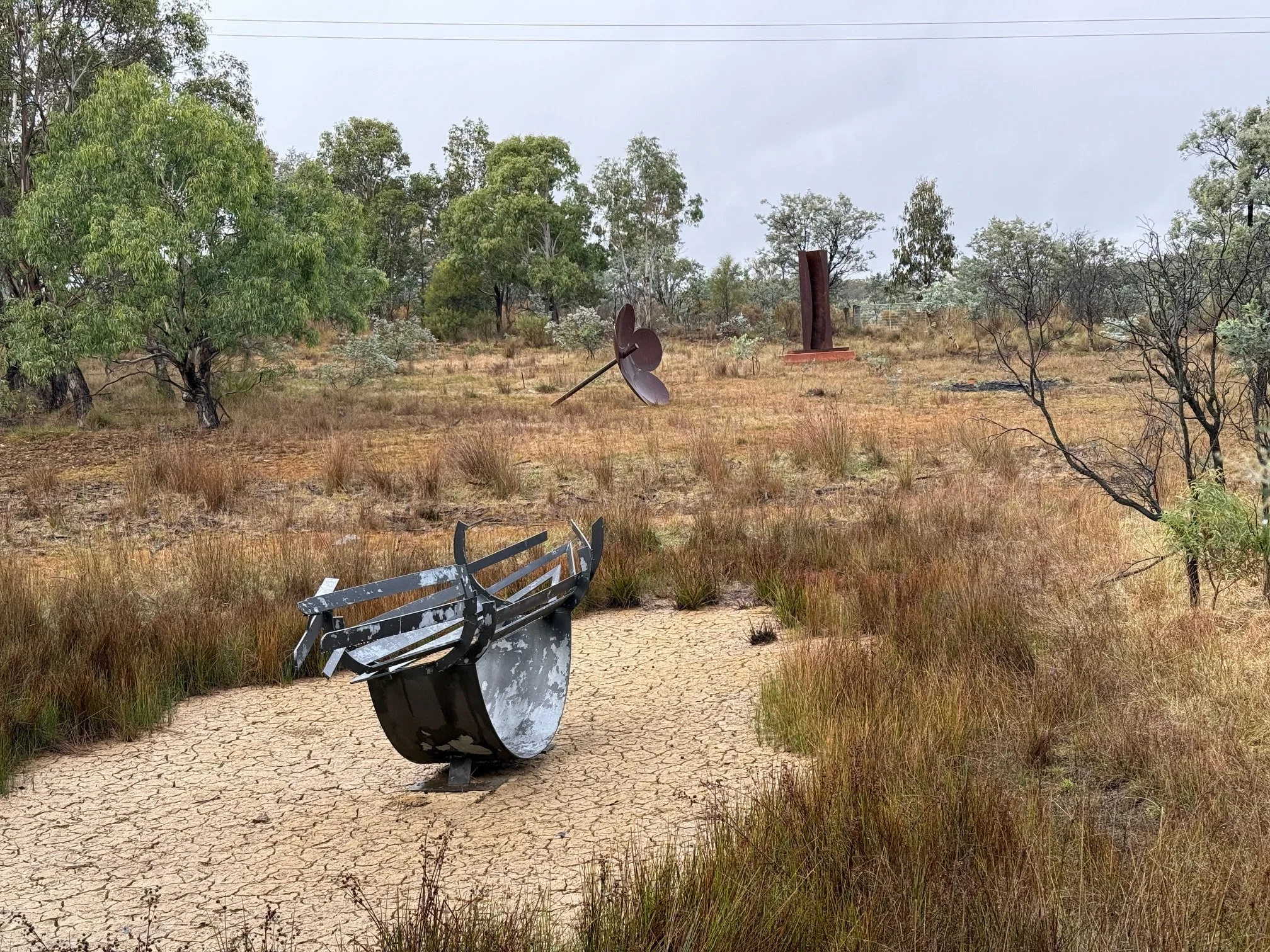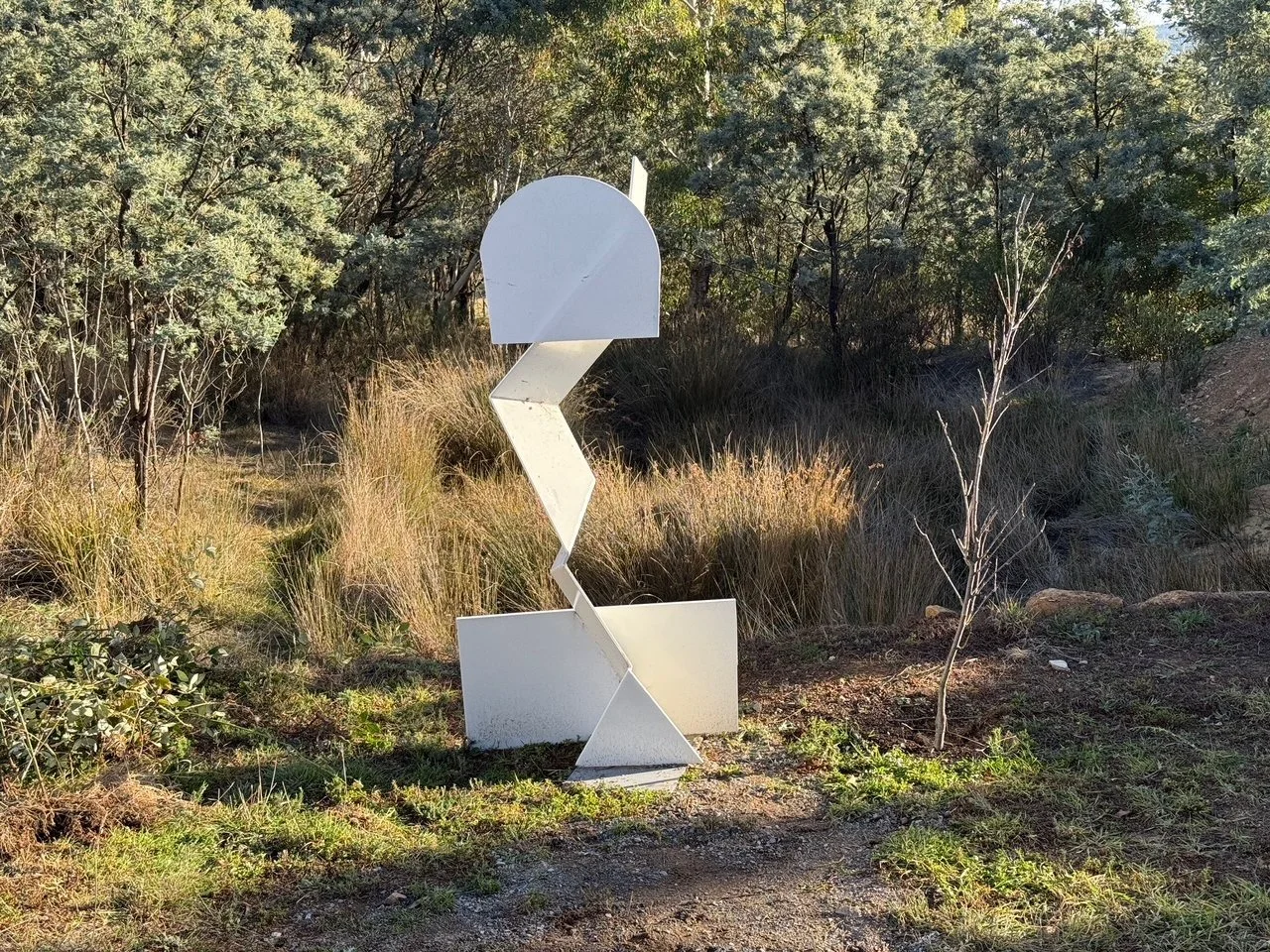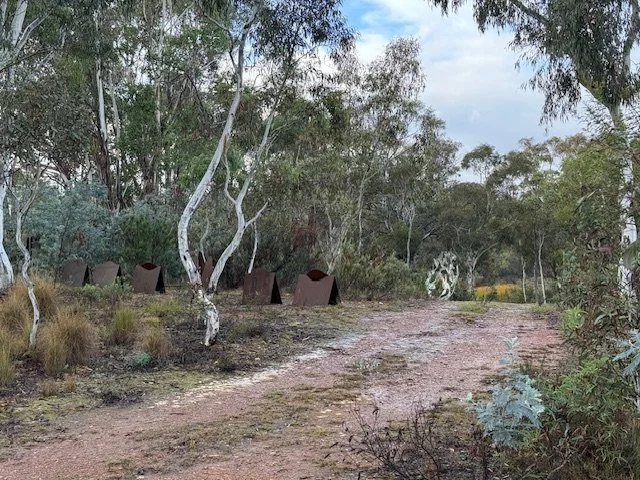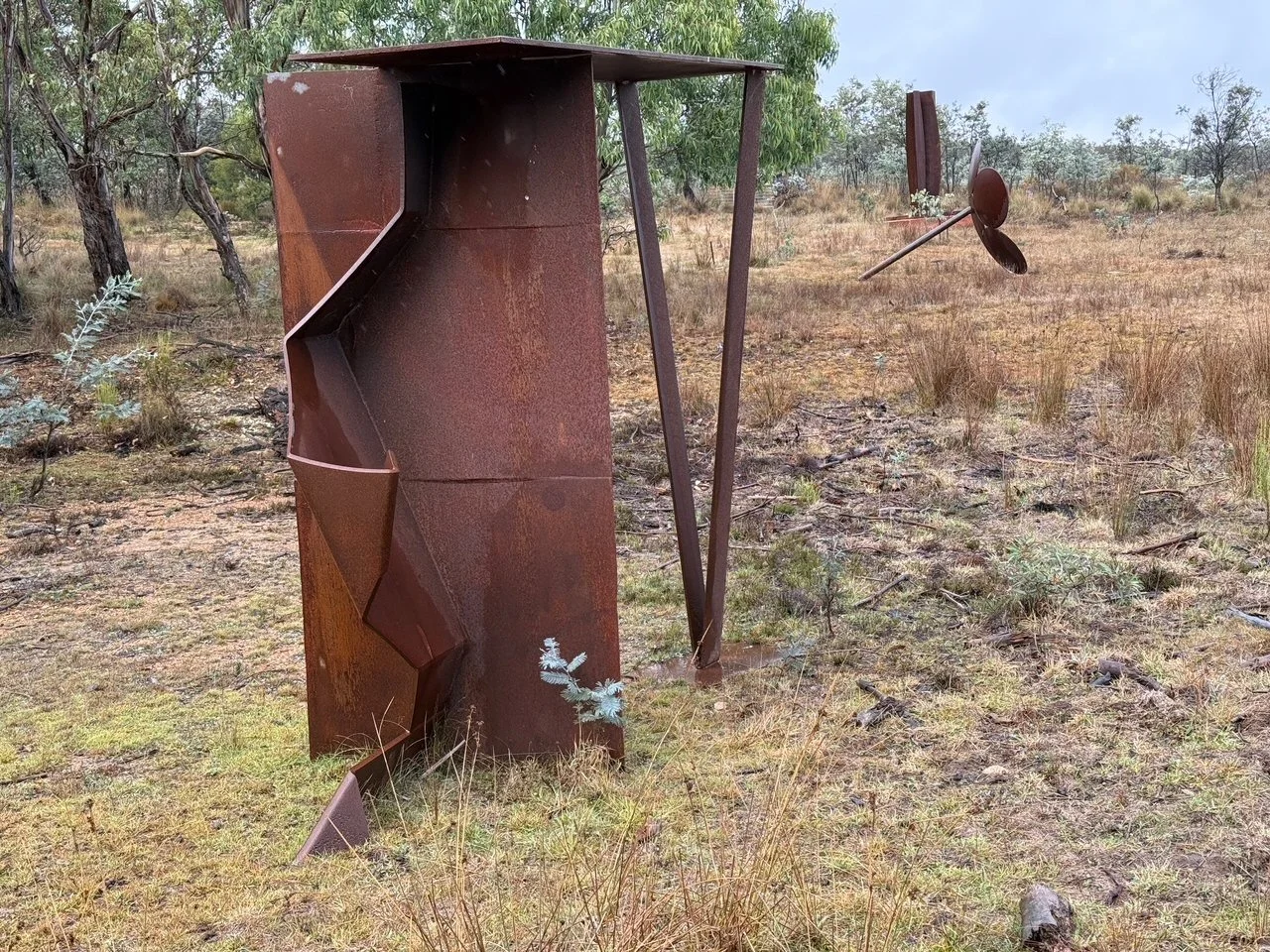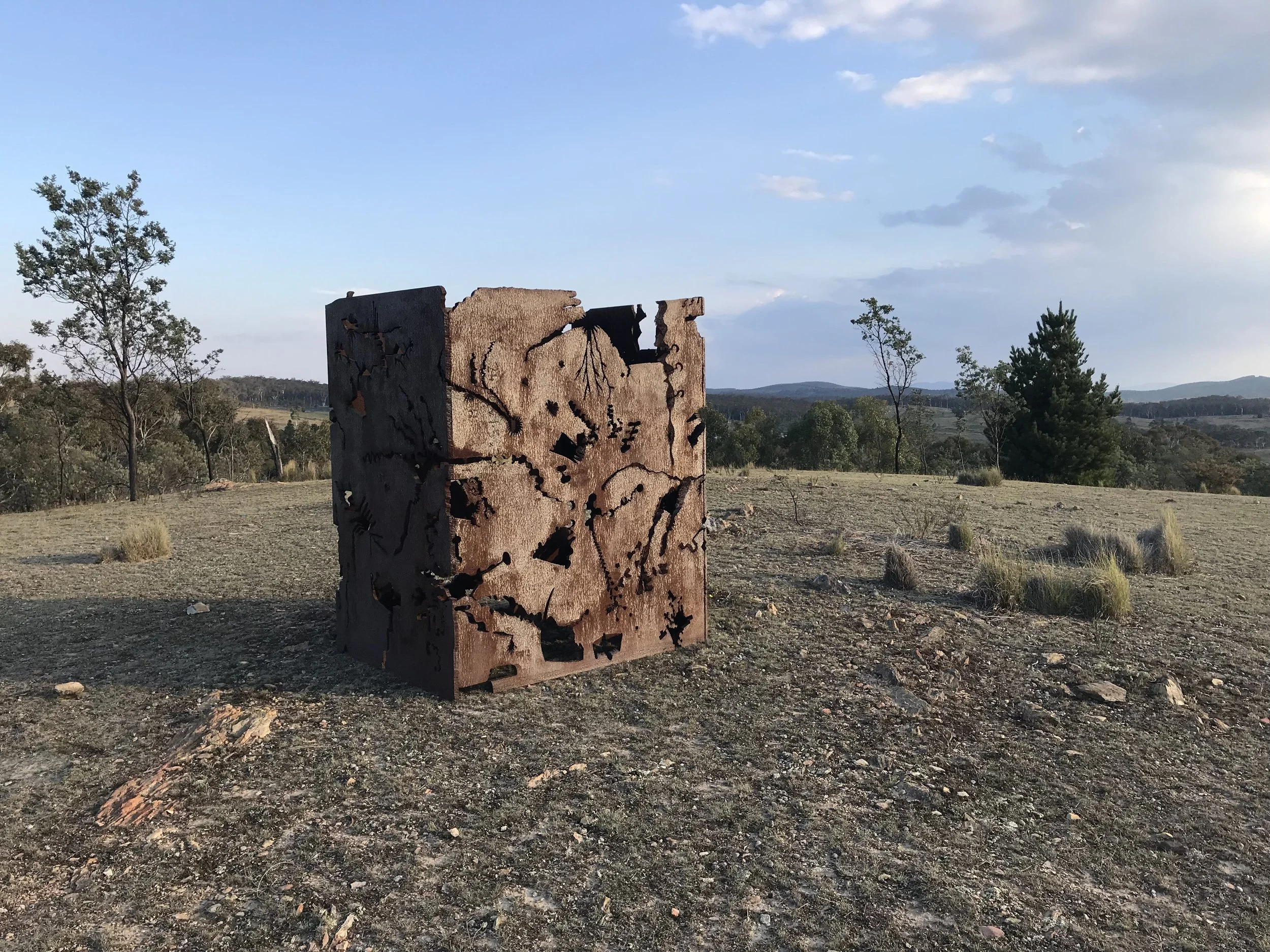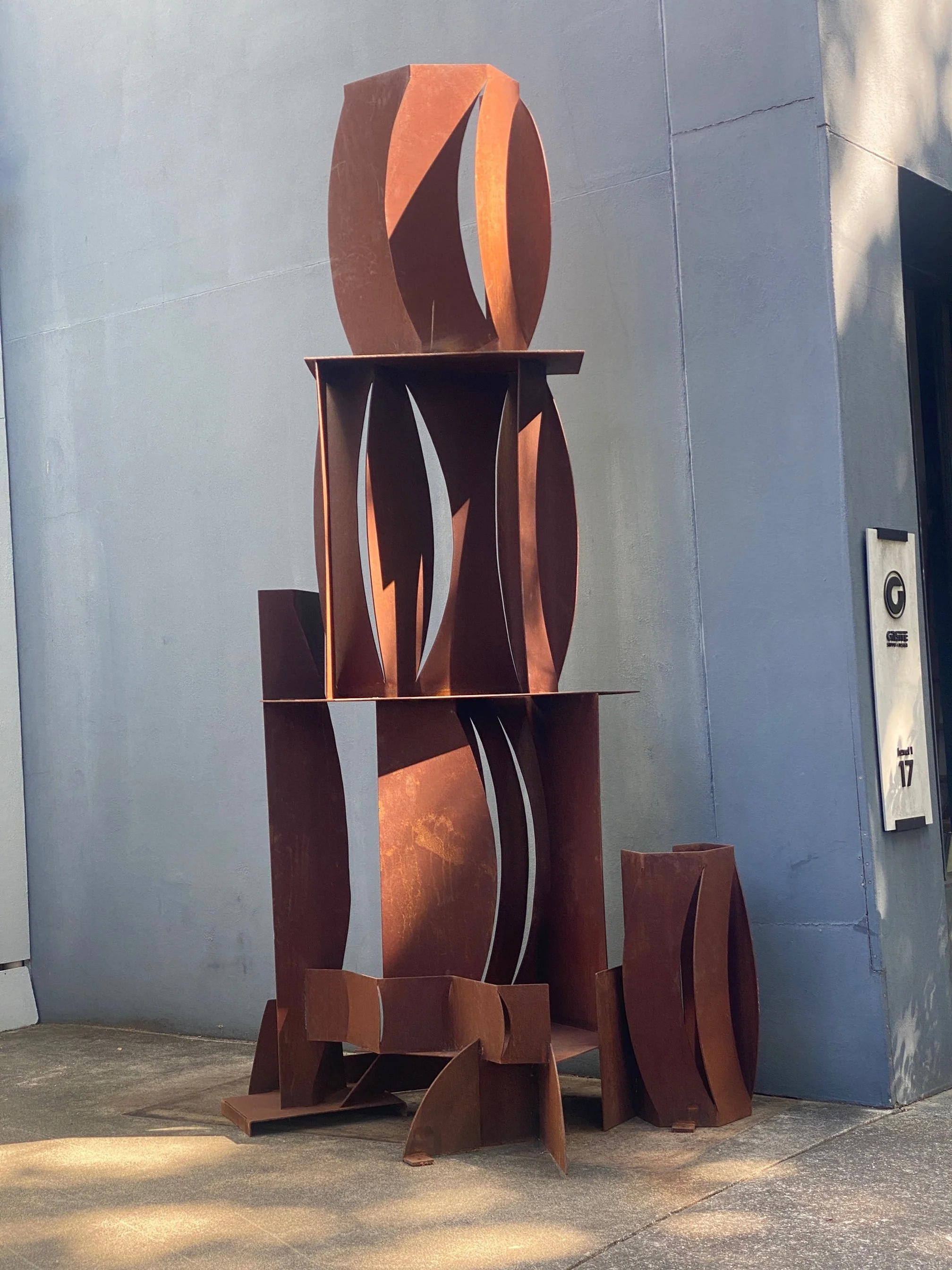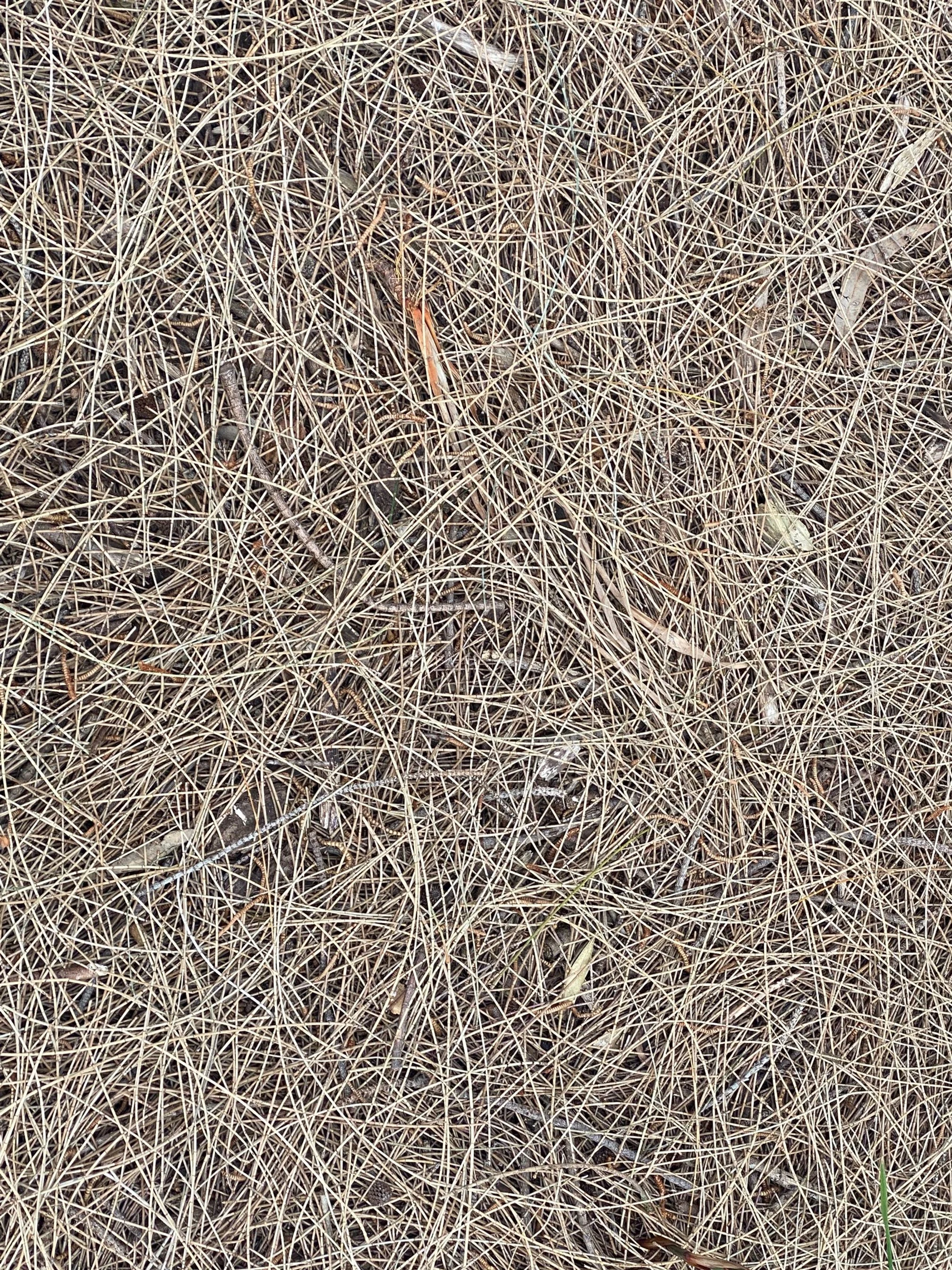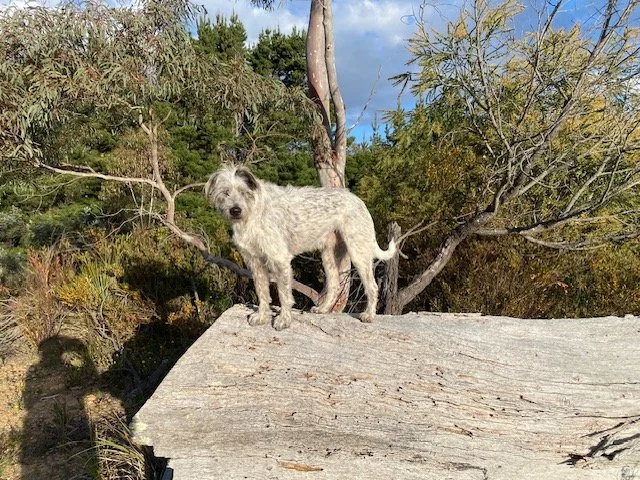A story without pictures may come across as unappealing.
We have come to accept, with the advent of phone photo and cut and paste techniques, stories will be accompanied by pictures, to show the way the story is advanced, or point where the story is headed.
As a child, consecutive pages of text unbroken by pictures was too hard to bear. You had to hold your breath between pictures. The older we got, there was a longer space between pictures in our reading.
With the advent of horror/erotic adventure movies for grown ups, we have all become children again, in our need to be entertained, in ways we remember or were accustomed, or need to retrieve in light of other deficits.
The story I tell today has no pictures and presents itself here as blocks of text on the screen.
The reader will need to imagine the pictures the text describes.
Here is the story.
A tree has grown quickly, appeared suddenly between trips to Patonga, and had considerably obscured the view of the water, which is central to our enjoyment here.
Growing next door, we thought we should check with the tenants, if not the owners of the house, would they mind if we trimmed the tree to retrieve our view of the water?
‘Not at all, go ahead’.
The combination of flimsy permission, a stiffening older body, rain, and a rusty saw made the trimming task a challenge.
A snake had been sited last week in the garden in which the tree was growing. Bare feet and slippery conditions were hazard lights I ignored.
(Hazard lights are part of all landscapes now. They compete for attention with Pokémon characters also scattered frequently.)
How much is too much of the tree should be removed? Hacking a living organism is cruel.
The limbs fell as I cut them, landing in the creek. They seemed modest in size contained within the tree but spread in size, so the little bay in front of the house is full of them and the view still not retrieved.
When painting a picture, you make a mark and you step back to make an objective judgment. With every branch removed now, a new determination was available on what would be the next move, the next branch to be removed.
You have to be bold but not reckless to make progress. Two other sets of eyes provided further assessment which was integrated.
Bit by bit, the view emerged as we remembered. The blunt saw had produced a rough cut but the tree retained a character and shape we found acceptable.
Much of the waste was dropped into the gulley behind the house. The gulley is quite big but dumping the full load was beyond the gulley’s capacity.
The rest would be put on the dinghy, hauled across the creek and strapped to the truck parked in the caravan park to be dropped at the tip.
There were three us who would drag the loaded dinghy across the creek but the largest branch fell off half way. While I held the branch from sinking, J & P rowed the remainder ashore.
It is an unusual burden, a tree, no longer full of air and wind. The branch cut was full of berries. Glistening berries submerged now held no promise of a future life.
The reader can picture the scene now, in their mind. Overcast, chilly, the pull of the outgoing tide.
They can picture J & P rowing the remaining load ashore, unloading the branches one by one and carrying them to the truck and then upending, side-ending the boat to remove the water from last night’s storm.
Is it possible to be a spectacle and watch a another spectacle at the same time?
Finally, J & P return with the emptied dinghy. We manage to haul the branch from the water into the boat.
The berries have become the eyes of a fresh catch. The breeze the tree so recently caught was its last breath.
With J hauling us from the water, with my rowing and P using the branch as a rudder, we achieve the other shore.
We will drop the load tomorrow at the tip on our way home.
Today I trimmed the rough cuts from the tree.
Were you able to read without holding your breath? Were the words pictures?
***
This post was written four years ago next January.
The tree has been removed by the new owner of the house.
I didn’t publish four years ago. The picture I painted wasn’t quite compelling enough. Either my standards have dropped or I can forgive the story meandering or see its attenuated nature now as ok.
While the tree has been removed to reveal the view, the house has been, is being demolished, and will be replaced by a much larger building. Watch this space!
